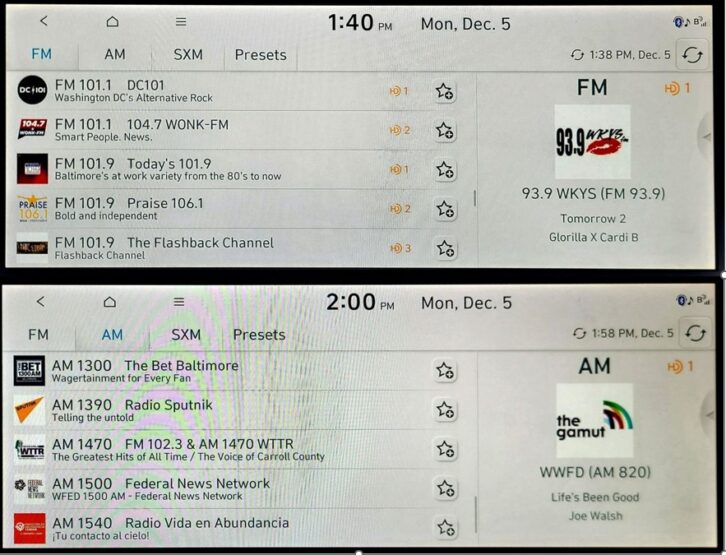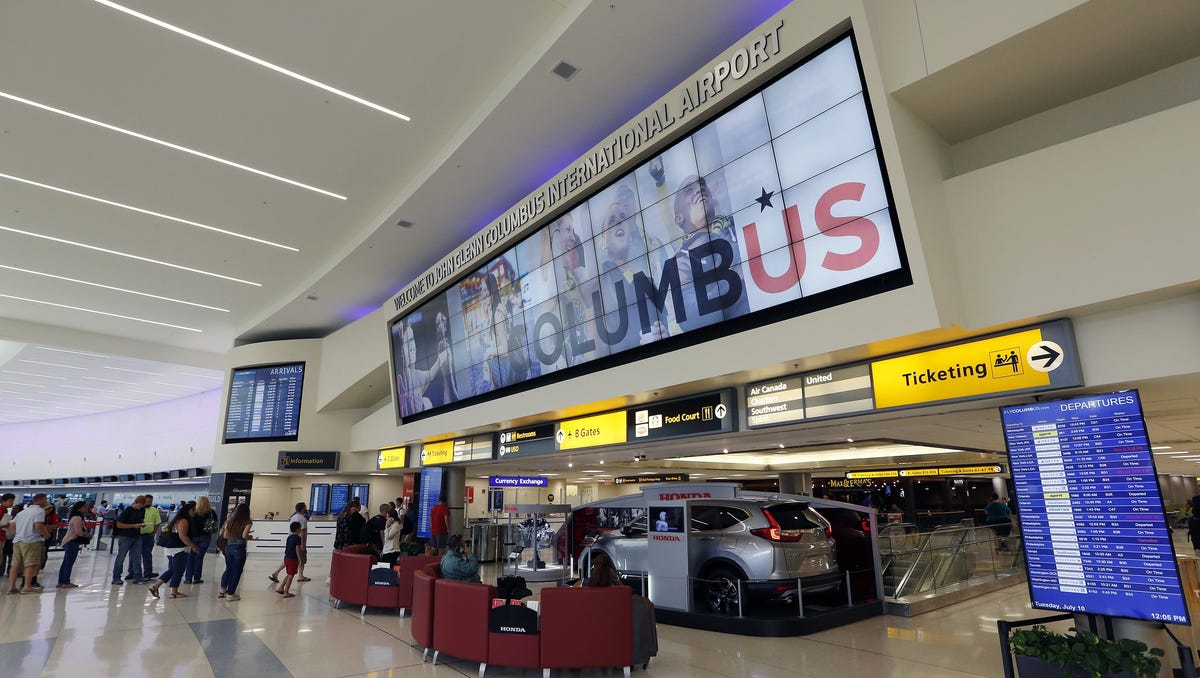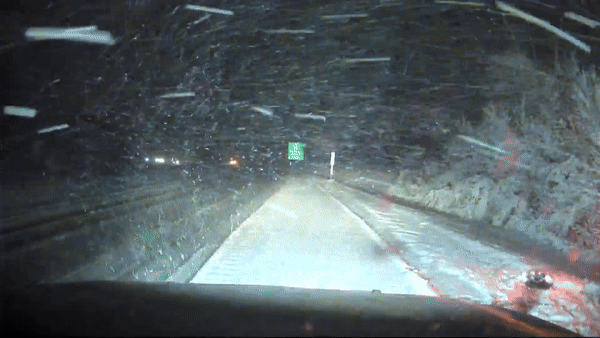World
Broadcasters Need to Do Better With Visual Displays – Radio World

In his role as vice president, advanced engineering for the National Association of Broadcasters, David Layer has spoken and written about the importance of good metadata management for stations to stay competitive in the amazing new dashboards of today.
Radio World: How well do you think this message has sunk in for radio broadcasters in 2024?
David Layer: NAB has been conducting “digital dash audits” since 2017 (a number of examples are provided in the NAB Digital Dashboard Best Practices Report) to obtain snapshots of metadata usage within a particular market.
Comparing more recent results with the original results from 2017 suggests that despite progress, there is still work to be done to get this message across.
Specifically, market-wide metadata usage remains lower than we would like, with low percentages of stations in a market providing “good” metadata.
Having said that, stations providing metadata often do a good job of it, the problem is that not enough stations in the market are doing the same good job. This diminishes the appearance of the radio band on the digital dashboard and may frustrate listeners as they get good metadata with other audio services and expect the same consistency from radio.
I think that one of the best things about the DTS AutoStage system are the fantastic AM and FM station lists, with icons and information for nearly every station in the market, making the radio band look great and as modern as any service available (see Fig. 1).

As a group, stations broadcasting HD Radio signals provide better and more consistent metadata than analog-only stations. This is not surprising, as stations that are investing in HD Radio equipment and operations want to get the most value from their investment. One way to do so is to make use of the many metadata features available, which in addition to satisfying listeners offer new revenue sources. For FM broadcasters, this good metadata usage on the digital signal usually extends to their analog signal as well, where the Radio Data System (RDS) FM digital subcarrier is used to convey the metadata to the receiver.
FM translator stations appear less likely to be transmitting metadata than full-service stations. This is a big deal since as of the end of June, there were 8,906 licensed translators and boosters in the U.S., almost as many as the number of full-service stations (nearly 11,000). Cross-service FM translators offer AM stations an opportunity to deliver metadata to listeners, something they cannot do with analog AM signals. Keep in mind, listeners — and radio dials — don’t differentiate between full-service and translator signals, so it’s important for ALL these signals to include metadata.
RW: What’s a good example of a feature or capability that metadata now makes possible but that broadcasters may not be taking full advantage of?
Layer: Many vehicles now create AM and FM station lists by scanning the radio dial. By transmitting the appropriate metadata, broadcasters can help ensure their station looks good in the list.
For example, consider GM vehicles, also interesting because unfortunately most GM vehicles only have analog radios, they have no HD Radio. For the FM band, the station list is populated with metadata from the Program Service (PS) data field portion of the RDS data stream, as shown in the photo of the 2023 Chevy Bolt digital dash (see Fig. 2).

Here it appears that station 89.9 is not transmitting any RDS PS information, while stations 89.5 and 89.3 are transmitting call signs. This is one of the recommended uses of the PS field; another good use is to send a station URL, as station 89.1 in the example is doing, or a slogan; however, it must be limited to eight characters to display correctly in the list because PS is defined in the RDS Standard as an eight-character message.
It also appears that one of the stations in the list, 88.7, is doing what is called “scrolling PS,” a technique pioneered in the 2000s that involves changing the PS field data in a “scrolling” or “chunking” fashion so as to display a text message that is longer than eight characters, for example a song title and artist name.
When the Chevy Bolt is scanning the band to create the station list, it appears to grab the eight characters of PS data being received at that time and then stores them to serve as the list entry for that station. As you can see in the photo, the results for stations that use scrolling PS are unpredictable.
To summarize, broadcasters can enhance their appearance in these station lists by being sure to transmit a static, eight-character PS message.
RW: What resources would you recommend for engineers and managers to learn about best practices and healthy metadata management?
Layer: The NAB Digital Dashboard Best Practices Report is an NAB resource that was updated at the end of last year and is a good primer on metadata generally and what broadcasters need to be doing. Broadcasters should also be reaching out to their equipment vendors for playout systems, audio processors, RDS encoders and exciters as these are all important parts of the broadcast chain that play a role in metadata transmission.
I mentioned the great station lists supported by the DTS AutoStage system, and I would encourage all broadcasters to participate in the “DTS Broadcaster Portal Onboarding” process, as this can lead to a great metadata experience and also provide broadcasters with insightful analytical information on listener behavior (Fig. 3).

RW: What do you think is the most common mistake or error that broadcasters make? And do you have a favorite tip or best practice?
Layer: Maybe not the most common but certainly the biggest mistake is not doing metadata at all. With today’s modern vehicles and screen-driven user interfaces, radio needs to look as good as it sounds, and that is what metadata does for radio. To ignore metadata is to miss a great opportunity to brand your station and look your best for listeners.
I have a few tips. One that is covered in the NAB Digital Dashboard Best Practices Report, is for broadcasters to regularly observe how their station looks on auto dashboards, looking at both analog and digital auto receivers and making any necessary adjustments to optimize appearance.
Also, FM broadcasters who are continuing to use the “scrolling PS” method of RDS data delivery need to weigh the main advantage of doing this — to provide metadata to older auto receivers with character-based displays — compared to not doing this, meaning improved appearance on modern receivers with scan-derived station lists.
Finally, FM broadcasters should consider transmitting RDS “RadioText+” information along with their RDS RadioText metadata, as some receivers — most notably late-model Toyotas — will not display a broadcaster’s RadioText messages unless specific fields are identified using RadioText+. The final image (Fig. 4) illustrates how this works.

This interview is from the free Radio World ebook “Recipes for Visual Display.”









